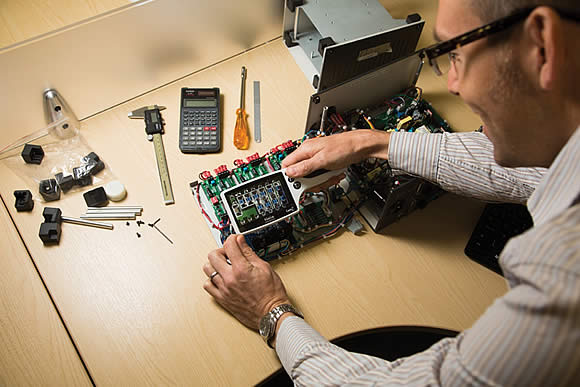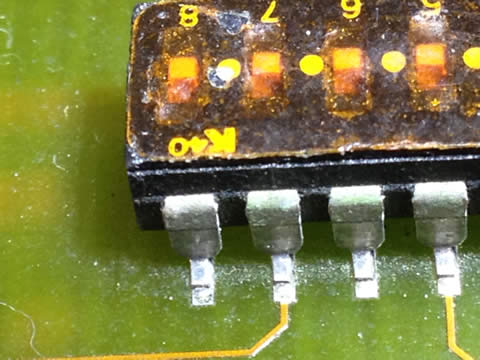Which takes better pictures?
CamZ is a handheld digital magnifier, providing magnification options (up to 14x) and is in worldwide use for a wide range of tasks, from documenting faults to inspecting immobile subjects. The iPhone 4S is great, people love it. Smartphones are now the common choice for taking pictures, so should be considered as a real alternative to the stand alone digital camera.
Why don’t I just take pictures with my iPhone?
These days, we all have smartphone cameras, or digital cameras with 5Mp, 10Mp, or more. So why would you need a CamZ digital magnifier?
To explain the difference, we decided to pitch CamZ versus an iPhone 4S, as well as a Canon PowerShot A650 digital camera.
| CamZ | iPhone 4S | Canon PowerShot A650 | |
 |
 |
 |
|
| Image sensor | 3Mp* | 8Mp | 12.1Mp |
| Image size | 480 x 272 pixels | 3264 x 2448 pixels | 4000 x 3000 pixels |
* Part sensor application
How CamZ works
Taking and storing magnified images is made easy with LED illumination specifically configured for close-up imaging. But, before we get started, there is a fundamental difference between CamZ and a digital camera to explain.
With a digital camera, you stand back from the subject being photographed and take a high resolution picture. The large size of the image means that you can zoom in to view more detail.
CamZ is a digital magnifier… meaning that the image you view is already magnified (up to 14x). When viewing a subject, you position CamZ around 2cm from the subject, much like a magnifying glass. You can then ‘freeze’ the image to view the image, or save it on CamZ’s internal memory.
Saved images are 480 x 272 pixels in dimension, which does not seem large compared to a digital camera, however since the images are already magnified and the LED illumination optimised for magnified (close-up) imaging, it is easy to take high quality pictures with CamZ.
Lets look at the results…
| CamZ handheld digital magnifier | |
| Image sensor | 3Mp (part sensor application) |
| Image size | 480 x 272 pixels |
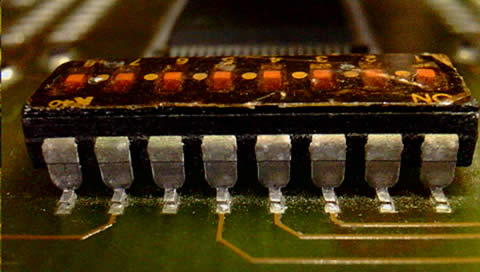
4x magnification |
|
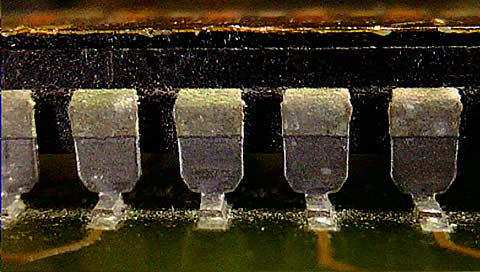
9x magnification |
|
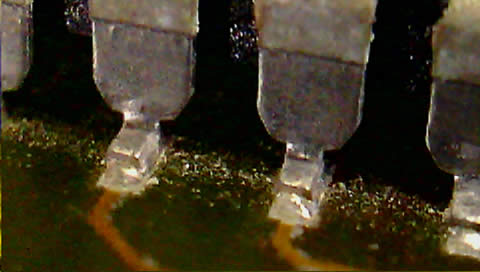
14x magnification |
|
| iPhone 4S | |
| Image sensor | 8Mp |
| Image size | 3264 x 2448 pixels |
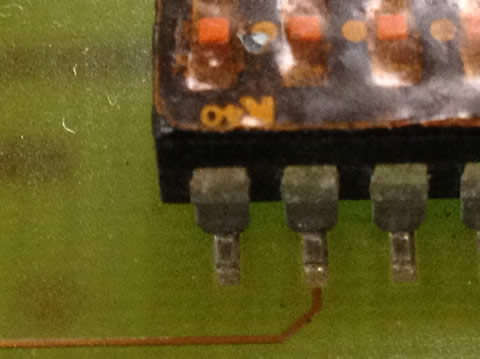
Maximum zoom (without flash) |
|
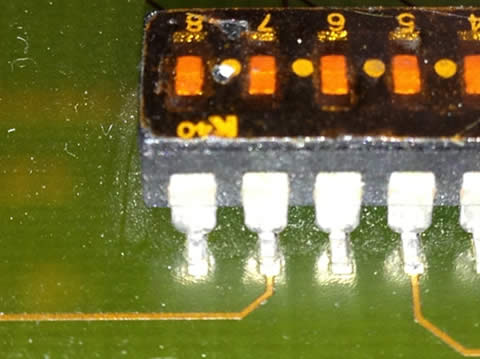
With flash |
|
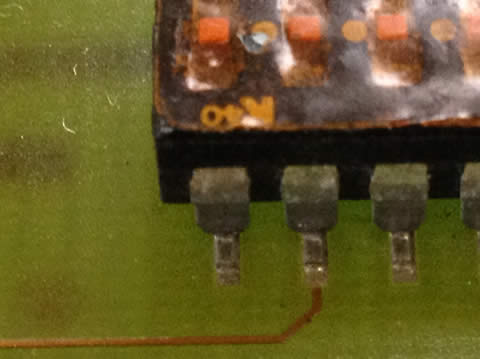
Enlarged and cropped image |
|
| Canon PowerShot A650 | |
| Image sensor | 12.1Mp |
| Image size | 4000 x 3000 pixels |
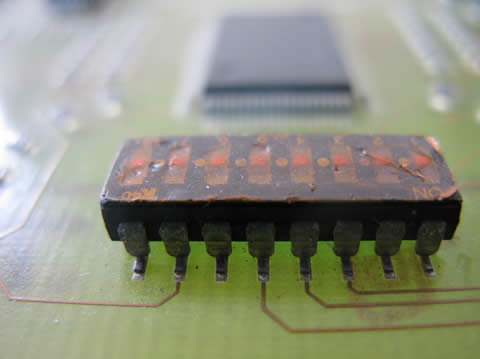
Maximum zoom (without flash) |
|
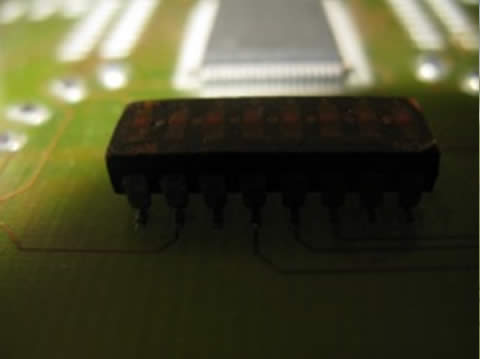
With flash |
|
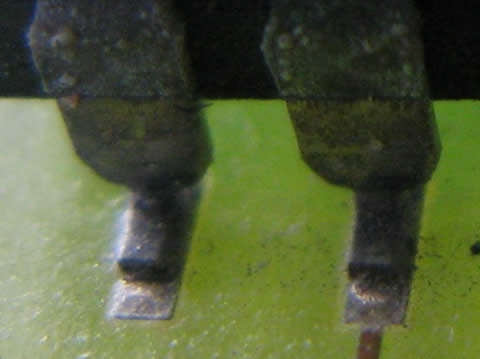
Enlarged and cropped image |
|
The Conclusion
Both the iPhone 4S and Canon PowerShot A650 are very capable cameras. With a steady hand, the Canon PowerShot A650 is capable of taking surprisingly good close-up photos, but since there is no easy way to suitably illuminate close-up subjects, it is very difficult to capture a good image. To illustrate the point, here is another image from the iPhone 4S, but this time with a separate external light source (LED ring light illumination).
The image quality is significantly improved. Neither the iPhone 4S nor the Canon PowerShot A650 were designed for close-up imaging, so it is not surprising that they did not perform too well, which of course illustrates the point. To take close-up pictures, you need the correct illumination, as well as a good camera. If you need to capture magnified images, in any location, without having to fiddle with camera or illumination settings, then CamZ is ideal. For everything else, there is your smartphone or digital camera.

